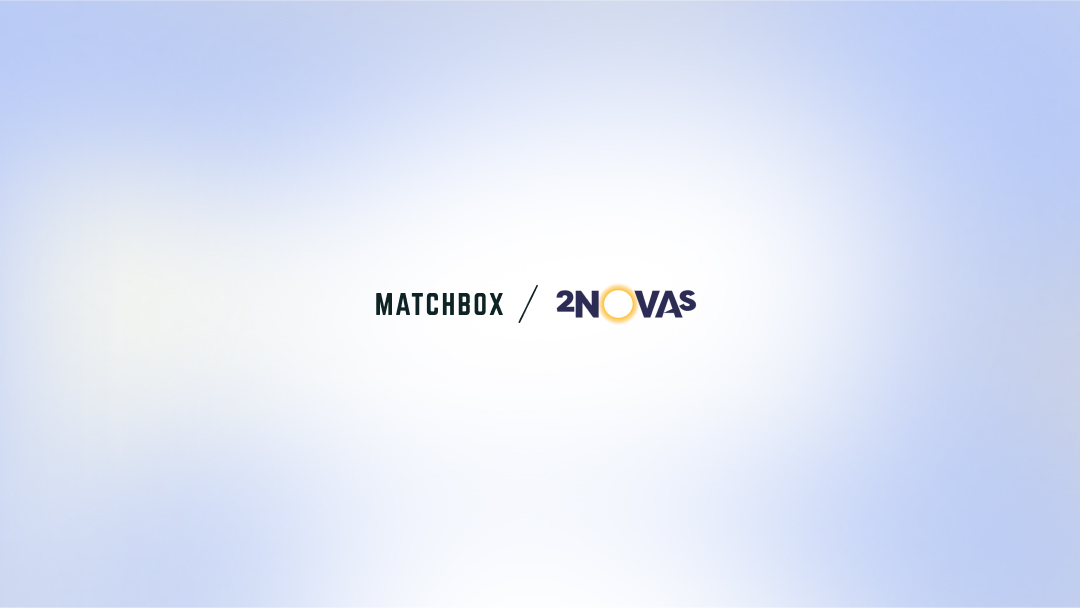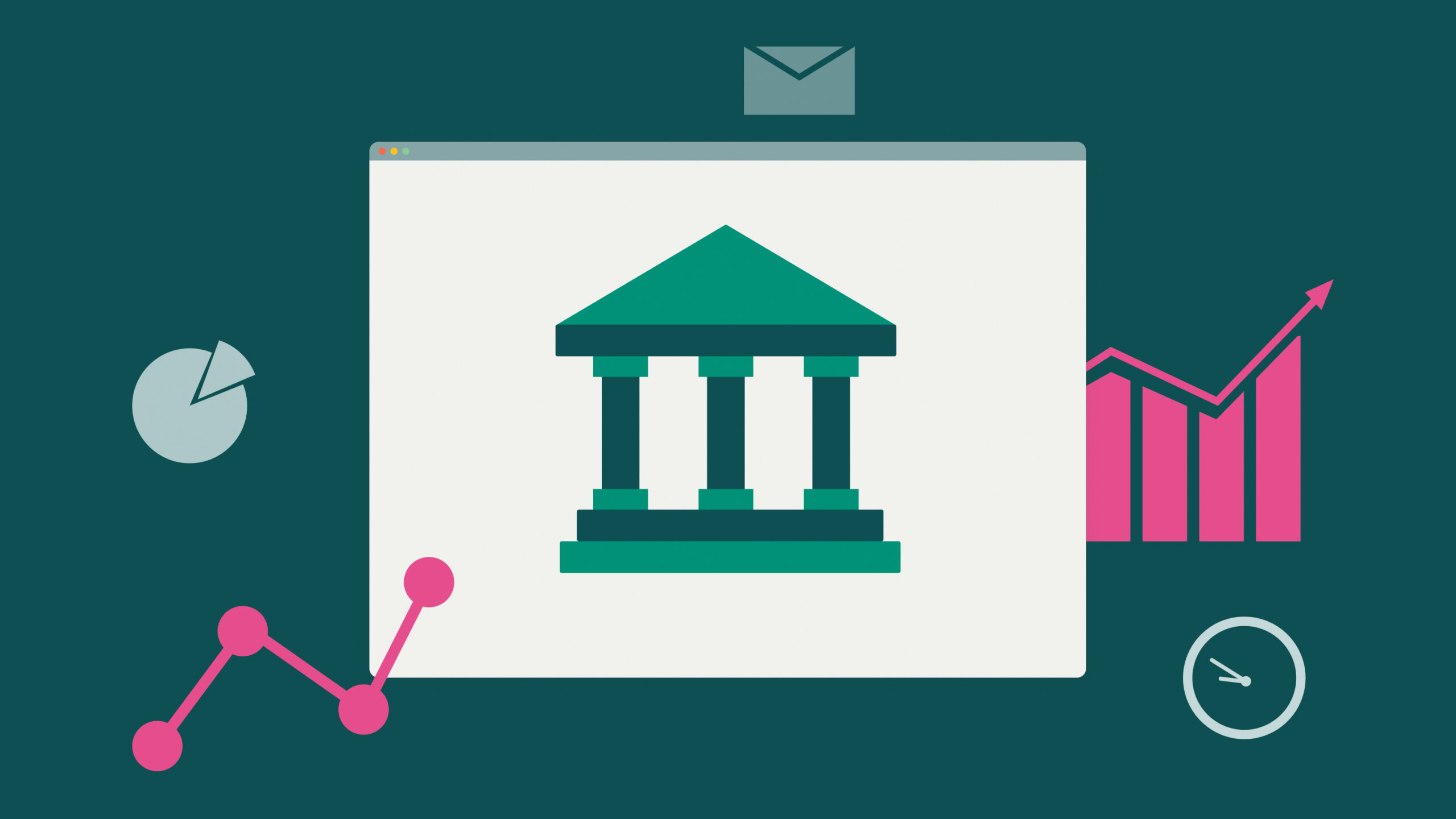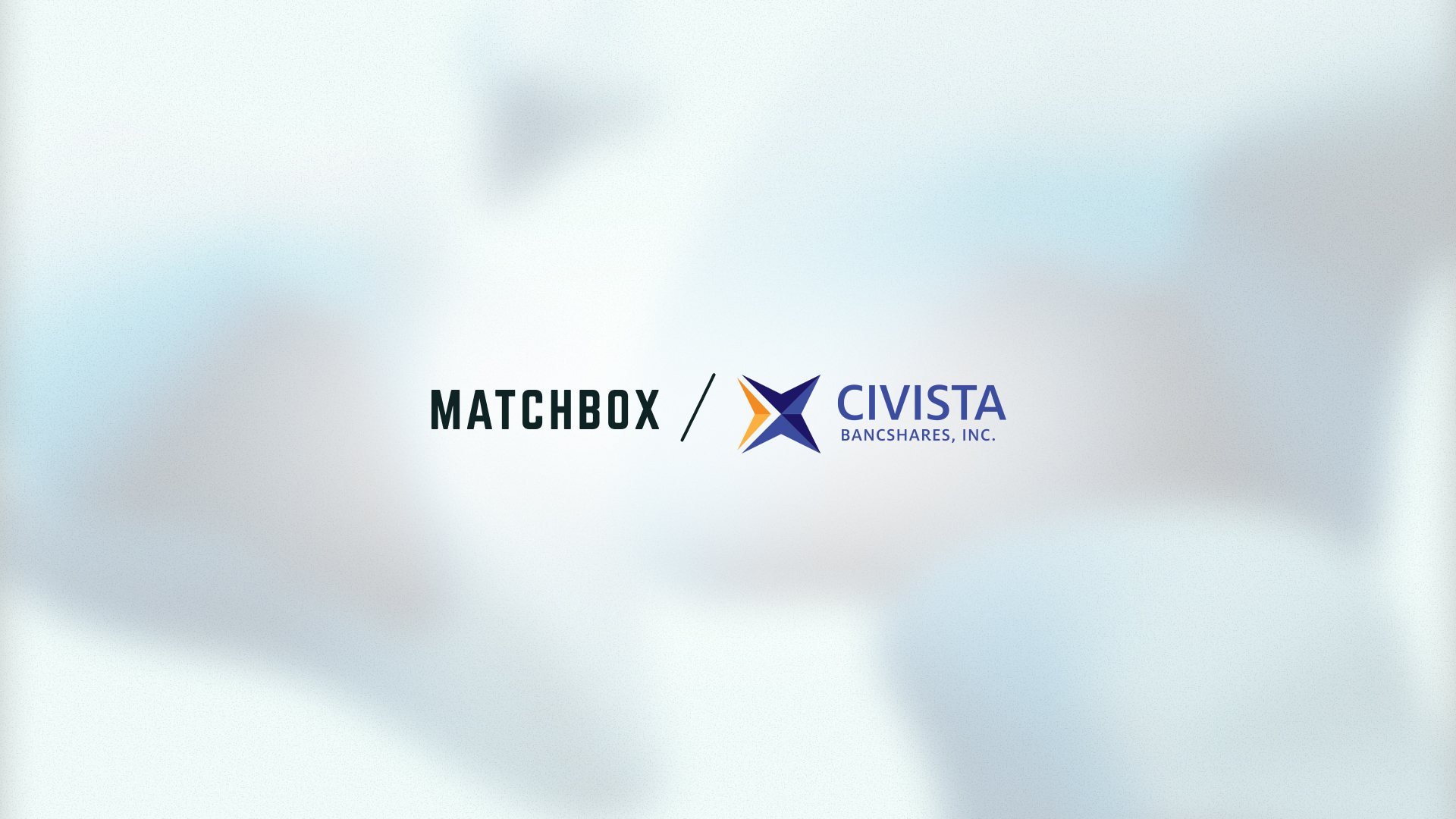Maintaining a website is quite a time- and resource-consuming process requiring constant maintenance and SEO optimization. The latter is, by the way, critical to having traffic, conversions, and happy clients. Maintaining a single website with several pages is hard (but possible), but what about working with hundreds or even thousands of web pages? It could be practically impossible if not for programmatic SEO, a modern solution to having SEO-optimized landing pages precisely created to cater to the user’s search intent.
Often confused with SEO, programmatic SEO stayed in the shade for a long time. Today, with the AI revolution and automation, programmatic SEO has become a real trend. If you want to know why it is worth investing in programmatic SEO or what programmatic SEO is, keep reading. Promise, it won’t be too long.
Related Links
Understanding Programmatic SEO
Traditional SEO includes multiple processes that improve the visibility and ranking of a website or one web page in search engine results pages. It is not a one-time job but a regular process. Most processes in SEO are automated with tools, but they still require human interaction. While programmatic SEO is a totally new level of automation and optimization, it is a data-driven approach to SEO, page generation, and content creation. This initiative already leverages artificial intelligence, machine learning, and big data to produce content at scale while adhering to business objectives.
The major focus of a programmatic SEO campaign is to satisfy user search intent. For business, it aims to secure high rankings on search engines. Here comes the best part: programmatic SEO targets long-tail keywords with lower search volume but higher value instead of going after high-volume competitive keywords. With little to no competition for long-tail keywords, it is more than real to secure your place in search results right from the start.
Programmatic SEO Vs Traditional SEO
Let’s make it clear from the beginning; those two notions are different. While programmatic SEO has all the components of traditional SEO, it goes beyond them and is more complex (not in terms of implementation, though). Programmatic SEO is like a good neighbor who always has salt or sugar to lend. Here are the statements for traditional and programmatic SEO.
- Traditional SEO is implemented on one website with multiple pages, whereas programmatic SEO generates multiple SEO-optimized pages.
- Traditional SEO strategies are implemented manually, whereas programmatic SEO is designed and updated for numerous pages.
- Traditional SEO is limited in keywords, whereas programmatic SEO is scalable and can have infinite keyword variations.
Nevertheless, you can’t have a programmatic SEO project without knowing and doing SEO.
Components Of Programmatic SEO
For a successful programmatic SEO project, you’ll want to incorporate three key components: long-tail keywords, relevant content, and SEO-optimized pages. While this might sound straightforward, the devil is in the details.
- Long-tail keywords: Those are specific, often longer phrases that users input into search engines when they want their search results to be as precise as possible. When you target long-tail keywords, you’re addressing the unique needs of your audience. This means that competition is typically lower, making it easier to rank well. For example, instead of targeting “shoes,” you might aim for “comfortable running shoes for flat feet.” Can you feel the difference? These keywords can attract highly qualified traffic and drive conversions.
- Relevant content: To capture the user’s attention and provide valuable information, your content must be relevant and aligned with the user’s query.
- SEO-optimized pages: SEO-optimized pages are the technical backbone of the programmatic SEO project. They include the structure, meta tags, headers, and other on-page elements that search engines use to evaluate your content. Proper optimization ensures that search engines can crawl, index, and rank your content effectively.
- Automation tools and software: In programmatic SEO, automation tools streamline various SEO tasks, such as keyword research, content optimization, and link building.
- Algorithms and data-driven insights: Programmatic SEO uses algorithms and data-driven insights to identify and implement SEO strategies tailored to specific business goals and target audiences.
How Programmatic SEO Works

Programmatic SEO is a strategic approach with clear steps and no guesswork.
1. Keyword research and targeting: Start with identifying industry-trending long-tail keywords that closely align with user intent while maintaining low keyword difficulty. This is critical for higher rankings and attracting specific user queries.
2. Competitive analysis: Research competitors to identify content and keyword gaps. This analysis helps you understand the landscape and discover potential opportunities.
3. Head terms: Define broad keyword categories, known as head terms, which serve as the foundation for creating long-tail keywords. These broad categories will guide your content strategy.
4. Modifiers: Utilize primary and secondary modifiers that cater to specific user queries. These modifiers actually provide the scalability of programmatic SEO.
5. Data collection: Gather essential data to create landing pages and automated content. Make sure you keep the data updated and structured for effective automation. Consider the web scraping method for effective data collection and use a Screenshot API to capture visual representations of competitor landing pages and content strategies.
6. Content creation and optimization: Although programmatic SEO generates landing pages automatically, it’s essential to design a template for these pages. This template should be SEO-optimized with meta tags, image alt text, and other SEO considerations.
7. Define comprehensive requirements: Before proceeding, ensure that your content, keywords, design, and performance meet requirements.
8. Create pages at scale: Here comes the automation part. Once you have all the necessary data and templates in place, your automated system can generate the landing pages.
9. Performance management: After publishing, monitor and manage the campaign’s performance. Pay attention to search rankings, organic traffic, backlinks, and website performance to deal with low-performing pages.
In short, the process involves picking keywords, creating a design, and defining the algorithm, that will take your content and put it in the appropriate places.
The Benefits Of Programmatic SEO
We talk a lot about programmatic SEO, but what exactly will you gain from it?
Scalability
Programmatic SEO allows you to create multiple SEO-optimized web pages by automating bulk tasks such as generating content, meta tags, and making site-wide content adjustments.
Efficiency
Auto generation of web pages significantly speeds up time-consuming tasks, enabling project launch in an unimaginable short term.
Precision
Programmatic SEO relies on data, making decisions based on information rather than guesswork, resulting in more effective strategies and precise results.
Adaptability
Dynamic, real-time editing features enable programmatic SEO to adjust to new SEO trends as they emerge.
Potential Challenges And Limitations

Nothing comes without drawbacks and challenges, and programmatic SEO is not an exception. When starting with programmatic SEO, be ready to face these common challenges that can be tackled with a professional approach.
Reliance on Tools And Software
One potential challenge in programmatic SEO is the heavy reliance on tools and software, as the whole process is automated. While these solutions offer efficiency and scalability, there is a risk of technical glitches or malfunctions that could disrupt operations. Keeping these tools updated will ensure they function optimally. Also, make sure you sneak peek at your pages time and again.
Loss Of Personal Touch
Another challenge involves striking the right balance between automation and human intuition. While automation is a driving force in progress, it can sometimes overlook context or nuances in content. This could affect the quality and relevance of the content generated. Maintaining a human touch in the process is essential to ensure the content aligns with the brand’s voice and resonates with the audience.
Cost And Resource Implications
While we point out that programmatic SEO saves resources, it still requires initial investments in tools and training. A complete reliance on external platforms or services can also lead to increased costs. The right balance between automation and manual intervention will manage these challenges effectively.
Best Practices For Implementing Programmatic SEO
Any project doomed to success can fail if not implemented by professionals and professionally. You can trust your programmatic SEO project to professionals or learn from professionals; the decision is yours, but make sure you follow these best practices for implementing the project.
Choose the right tools and platforms: Many different tools and platforms can be used for programmatic SEO. But if you are starting with programmatic SEO, we advise you to find a reliable service provider that will tailor the project to the needs of your business and website.
Regularly audit and update automated processes: It is important to regularly audit and update your automated SEO processes to ensure they are effective.
Maintain a balance between automation and manual oversight: While programmatic SEO can automate page generation and many SEO tasks, it is important to maintain a balance between automation and manual oversight. This will ensure that you are not missing out on any significant opportunities.
Ensure continuous learning and staying updated with SEO trends: The digital world constantly changes and evolves, so it is crucial to ensure that you are continuously learning and staying updated with the latest SEO trends. This will help you get the most out of your programmatic SEO campaigns.
Conclusion
Still wonder why you need programmatic SEO? Programmatic SEO allows you to optimize your website for search engines at scale with greater efficiency and precision. It is a powerful tool to improve your visibility and ranking on search engine results pages. At the same time, programmatic SEO has proven its efficiency in improving conversion rates through precise targeting of your lowest-hanging leads.
By blending four components, i.e., low-volume, high-value keywords, automation, SEO best practices, and real-time tracking, you will hit the ranking KPIs and see a significant increase in conversions. So what do you think? Is it worth implementing programmatic SEO?



